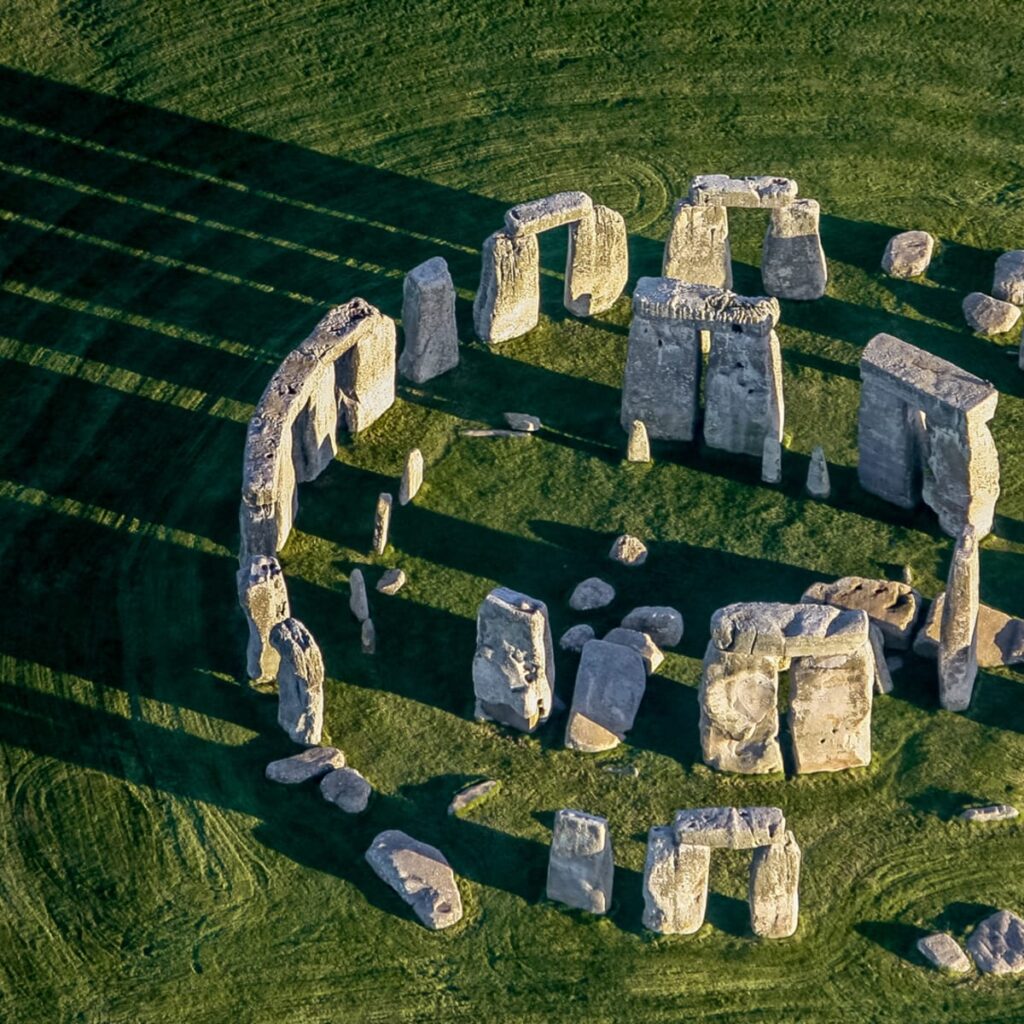
The builders of the Stonehenge settlement around 2500 BC more than likely ate cow organs. And their pet dogs were probably given the scraps. How do we now know this? An analysis of ancient feces dating back 4,500 years found at Durrington Walls, a settlement roughly two miles from Stonehenge where builders likely lived while constructing the monuments is providing some fascinating insights into the diets of the people at the time.
“They didn’t seem to live there continuously. They lived in southern Britain, they farmed their crops in the summer. And then they came to Durrington walls in the winter to not only put Stonehenge together but also to hold religious festivals there,” study lead author Piers Mitchell from Cambridge’s Department of Archaeology told Insider.
The settlement was made up of hundreds of wood and chalk houses surrounded by three huge ceremonial structures out of wood pillars.
“To anybody at that time, Durrington Walls would’ve looked more impressive than Stonehenge,” Michael Parker Pearson, a lead archaeologist on the Durrington Walls excavation site and an author of the study, told Insider. “It would’ve looked spectacular” and Great feasts would have occurred there.
Archeologists’ correct terminology for the ancient poop is “coprolite.” A team led by researchers at the University of Cambridge investigated 19 pieces of coprolite excavated from a dung heap and discovered eggs from parasitic worms in one sample of human feces and four of the dog feces.
After analyzing 19 of these specimens, researchers determined that some came from humans and others came from dogs. Five of the samples contained parasite eggs, including capillariid eggs, likely transferred from infected cows suggesting that the builders feasted on the internal organs of the animals that they hadn’t cooked thoroughly. The presence of the eggs in dog coprolites indicates the canine residents of Durrington Walls also snacked on offal.
Capillariid are a type of parasitic worm that typically infects rodents, followed by both wild and domestic carnivores, though human infection is relatively rare. The capillariid eggs in the Neolithic humans’ stools suggest that they ate the organs of an infected animal and likely did not suffer from an infection themselves. The eggs passed right through their digestive systems, the researchers write. If they had been infected, the eggs would not have made it into their stool because they would have settled in their internal organs and hatched.
Offal is not eaten widely today (although it is still common among some Asian cultures), but was a popular food among Neolithic communities, according to the statement.
This particular offal may have been undercooked. “Pork and beef were spit-roasted or boiled in clay pots, but it looks as if the offal wasn’t always so well cooked,” study co-author Mike Parker Pearson, an archaeologist at University College London in the U.K., said in the statement.
The final dog coprolite contained eggs of a tapeworm, most likely Dibothriocephalus dendriticus, which is normally found in freshwater fish. Since there is no evidence that fish was consumed at the Durrington Walls feasts, the researchers suspect that this dog likely ate an infected fish before the builders traveled to Stonehenge for the winter, which eventually showed up in his ancient poop.
The study was published online May 18 in the journal Parasitology.
For more interesting articles on all things plumbing, Read our Auger Pros Plumbing Blog.